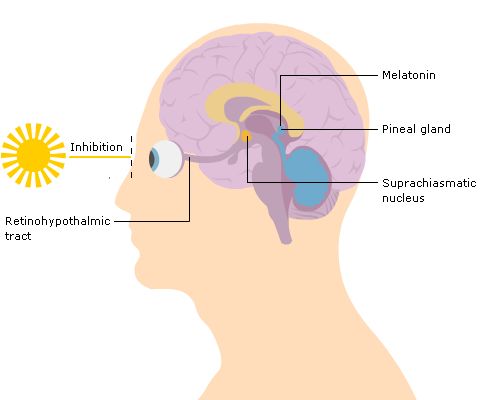Sleeping Part 1: Normal Physiology and Common Problems course


This session is designed to help you manage the common sleep problems that arise in young children. It covers the normal pattern of sleep and variation in children aged between 0 and 5 years, and also discusses the range of sleep problems that can occur along with a description of their impact on the family.
Learning objectives
By the end of this session you will be able to:
- Describe normal sleep and sleep behaviour in young children (0-5 years)
- Outline the physiological basis for sleep behaviour
- Recognise the factors that impair or promote the development of sleep routines in children
- Provide guidance and support for parents of children with common sleeping problems
The importance of good sleep patterns has both an anecdotal and a sound scientific background to support the relationship between sleep and learning and behaviour. Strong associations have been identified with mood, attention and concentration in adults and children.
Before commencing this session you should:
- Have an understanding of basic physiology and behaviour management in young children
Associate Professor Helen Heussler (MB BS FRACP MRCPCH DM) is a Developmental and Behavioural Paediatrician and a qualified Sleep Physician.
Her career has been spent in Queensland, RCH Melbourne, Victoria and the University of Nottingham. She currently works at the Mater Children’s Hospital in Child Development and in the Queensland Paediatric Sleep Disorders Unit.
Her interest is in supporting and investigating the sleep difficulties in children with developmental and behavioural issues. Current research interests include the sleep of children with Prader-Willi and Angelman syndrome, Smith-Magenis syndrome, Velo-cardio-facial syndrome and Charge syndrome, mitochondrial disorders and autism, as well as the pharmacokinetics of melatonin.

- Anaesthesia | Obstetrics | Body Composition and Gr...
- Posted By eIntegrity Healthcare e-Learning
- Posted Date: 2024-11-28
- Location:Online
- The session starts with an introduction to the concept of growth and development, and why this is important for paediatric anaesthesia pharmacology. This includes an important outline of what is ‘normal’. A key point of this session is for th
- Anaesthesia | Obstetrics | Anaesthesia in Early Pr...
- Posted By eIntegrity Healthcare e-Learning
- Posted Date: 2024-11-28
- Location:Online
- This session will describe the common risks to both mother and fetus that require surgery in early pregnancy. It will support the recognition of the potential pitfalls of anaesthetizing women in early pregnancy to ensure the safety of both the mother and
- Anaesthesia | Obstetrics | Breastfeeding and Anaes...
- Posted By eIntegrity Healthcare e-Learning
- Posted Date: 2024-11-28
- Location:Online
- This sessionprovides information for an anaesthetist to give to mothers about the benefits of breastfeeding, and the safety of drugs commonly prescribed in the perioperative period.
- Anaesthesia | Obstetrics | The Obese Mother
- Posted By eIntegrity Healthcare e-Learning
- Posted Date: 2024-11-28
- Location:Online
- The anaesthetic considerations and management of the obese parturient.
- Anaesthesia | Obstetrics | Venous Thromboembolism ...
- Posted By eIntegrity Healthcare e-Learning
- Posted Date: 2024-11-28
- Location:Online
- This session discusses the incidence, aetiology, pathophysiology, risk factors, prophylaxis and anaesthetic management of VTE in pregnancy.







